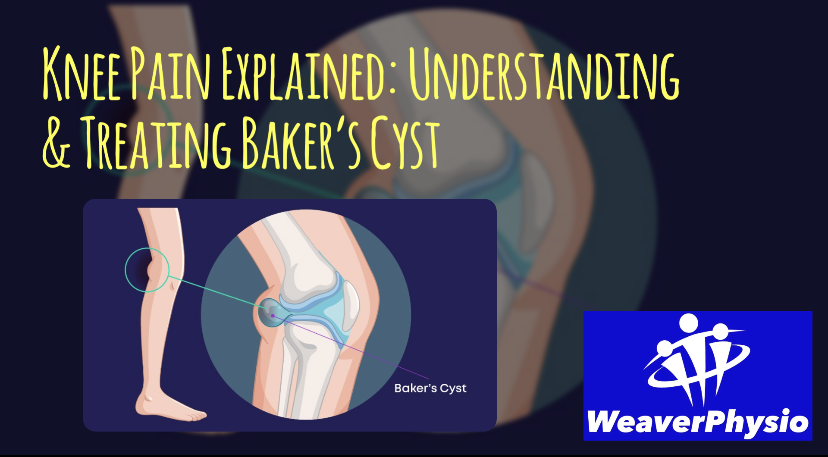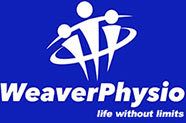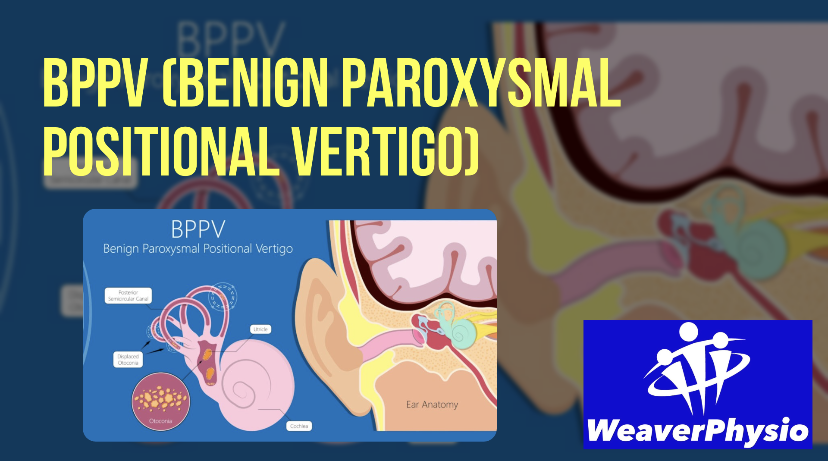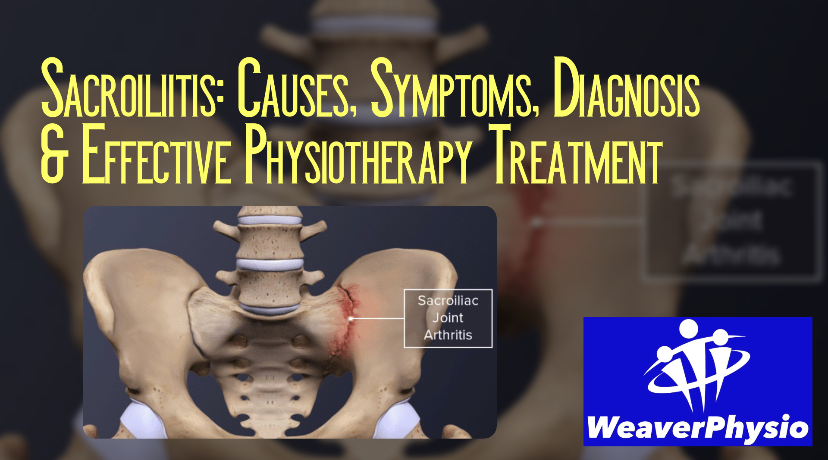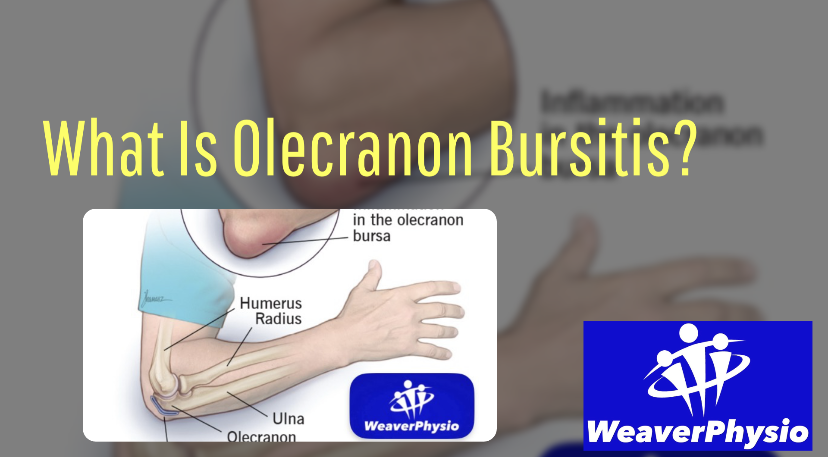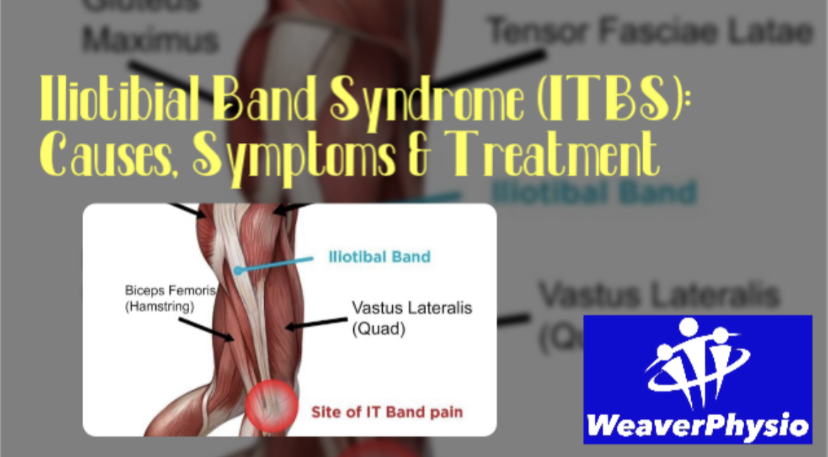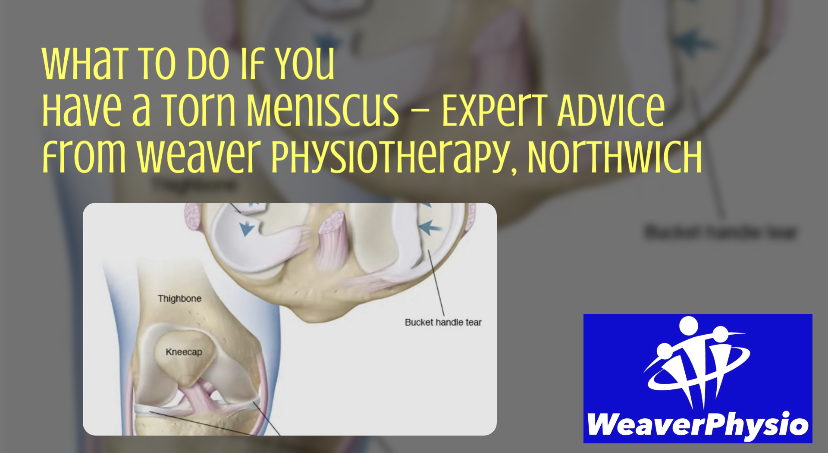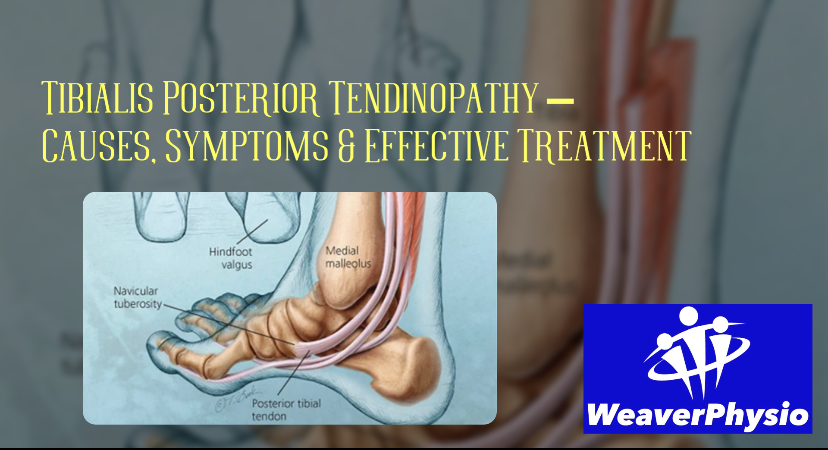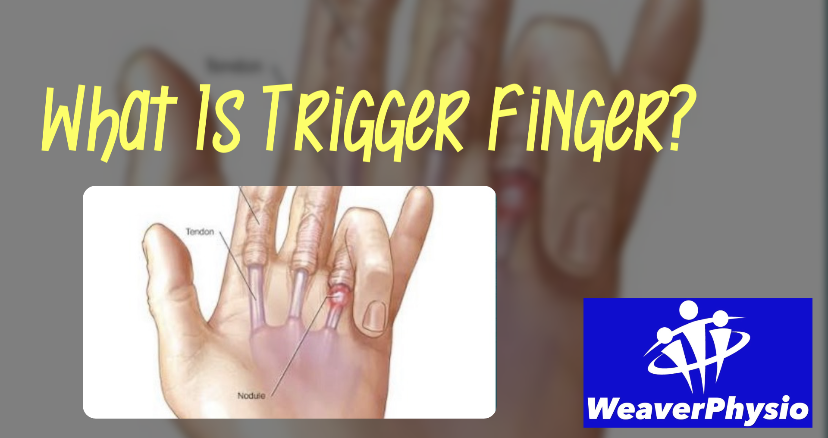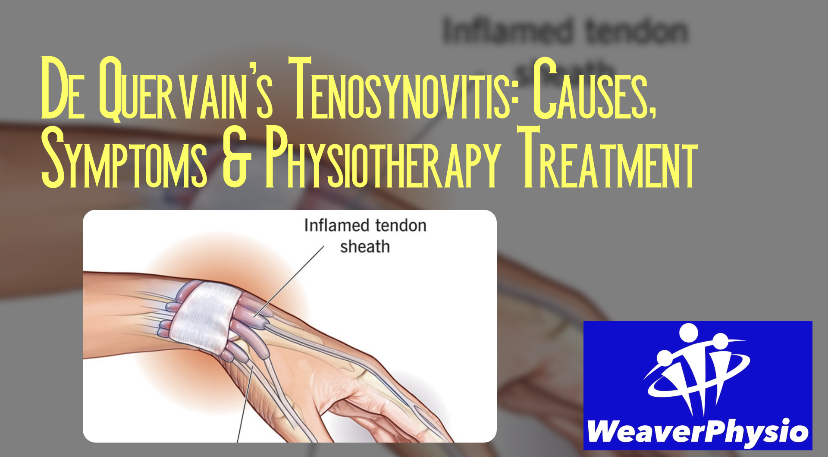Thoracic Outlet Syndrome (TOS)
Causes, Symptoms & Expert Physiotherapy Treatment at Weaver Physio, Cheshire
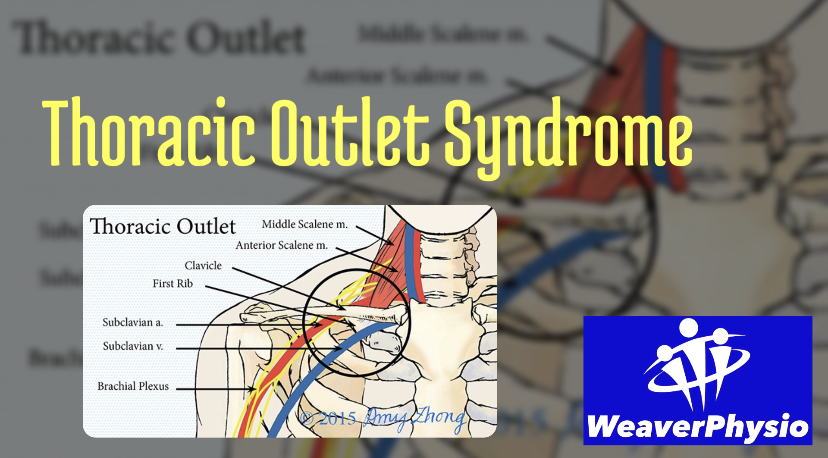
Thoracic Outlet Syndrome (TOS) is a misunderstood and often misdiagnosed condition that can cause pain, numbness, tingling, weakness, and reduced function in the neck, shoulders, arms, and hands. Many people live with these frustrating symptoms for months—or even years—without answers.
At Weaver Physiotherapy & Sports Injury Clinic in Northwich, Cheshire, we specialise in accurately diagnosing and treating conditions like TOS using a combination of expert hands-on therapy, postural correction, targeted rehabilitation, and evidence-based treatment techniques.
Our goal is simple:
✅ Find the true cause of your symptoms
✅ Relieve your pain
✅ Restore normal movement and strength
✅ Help you return to work, sport, and daily life—pain-free
In this comprehensive guide, we explain everything you need to know about Thoracic Outlet Syndrome and how physiotherapy at Weaver Physio can help you recover naturally without surgery.
What Is Thoracic Outlet Syndrome?
The thoracic outlet is a small space between your collarbone (clavicle) and first rib. Important nerves and blood vessels (the brachial plexus and subclavian vessels) pass through this narrow area to reach the arm.
Thoracic Outlet Syndrome (TOS) occurs when these nerves or blood vessels become compressed or irritated in this space. This can lead to a wide range of symptoms in the neck, shoulder, arm, hand, and even fingers.
TOS is more common than people realise—but it is frequently overlooked or misdiagnosed as shoulder impingement, carpal tunnel, neck pain, or tendon issues.
Types of Thoracic Outlet Syndrome
There are three main types of TOS:
1️⃣ Neurogenic TOS (Most common – 90% of cases)
Compression of the nerves (brachial plexus).
Symptoms:
• Numbness, tingling, or burning in arm/hand
• Weakness or grip issues
• Pain in neck, shoulder, or arm
• “Dead arm” feeling
2️⃣ Venous TOS
Compression of the veins.
Symptoms:
• Swelling in arm or hand
• Bluish/purplish colour
• Heaviness or tightness
• Visible veins
3️⃣ Arterial TOS (Rare but serious)
Compression of the artery.
Symptoms:
• Cold or pale hand
• Weak pulse
• Pain with arm movement
• Possible pins-and-needles
At Weaver Physio, we are trained to recognise all types of TOS and refer to appropriate medical professionals if vascular involvement is suspected.
Common Causes of Thoracic Outlet Syndrome
TOS is rarely caused by just one factor. It usually develops due to posture, anatomy, muscle imbalance, or repetitive strain.
The most common causes include:
✅ Poor posture (rounded shoulders, forward head)
✅ Muscle tightness in neck, chest, or shoulders
✅ Weak postural muscles (mid-back/scapular stabilisers)
✅ Repetitive overhead movements (e.g. painters, hairdressers, athletes)
✅ Carrying heavy backpacks or bags
✅ Previous neck or shoulder injuries
✅ Whiplash or trauma
✅ Anatomical variations (extra rib, narrow outlet)
✅ Pregnancy-related changes
✅ Prolonged sitting or typing without good ergonomics
Over time, these factors compress the nerves or blood vessels in the thoracic outlet, leading to pain, stiffness, numbness, and dysfunction.
Symptoms of Thoracic Outlet Syndrome
Symptoms can vary depending on whether nerves or blood vessels are affected. The most common symptoms we see at Weaver Physio include:
• Pain in the neck, shoulder, arm, or hand
• Tingling or pins-and-needles feeling
• Numbness in fingers (especially ring and little finger)
• Weakness or loss of grip strength
• Arm feels heavy or tired quickly
• Symptoms worse when lifting arm overhead
• Tightness in chest or neck
• Swelling or colour changes in the arm (vascular TOS)
• Headaches or tension
Key sign: Symptoms are often worse in certain positions such as sitting at a desk, driving, carrying bags, or sleeping with arms overhead.
How Thoracic Outlet Syndrome Affects Daily Life
TOS can make even simple tasks difficult, such as:
• Reaching overhead
• Lifting objects
• Working at a computer
• Driving
• Sleeping comfortably
• Playing sports (especially swimming, throwing, weightlifting, running)
Without proper treatment, symptoms can become chronic and lead to compensation patterns, weakness, and further injury.
Why TOS Is Often Misdiagnosed
Many people with TOS are told they have:
• Frozen shoulder
• Carpal tunnel syndrome
• Rotator cuff injury
• Cervical disc problem
• Trapped nerve
• Tendonitis
Why?
Because TOS symptoms overlap with many other conditions, and standard scans (MRIs, X-rays) often come back “normal.”
At Weaver Physiotherapy, we understand how complex TOS can be. That’s why we take time to listen, assess, and perform specific tests to diagnose it accurately.
How We Diagnose Thoracic Outlet Syndrome at Weaver Physio
A proper diagnosis starts with a thorough clinical assessment by our expert physiotherapists.
Our assessment includes:
✅ Detailed symptom history
✅ Postural analysis
✅ Shoulder and neck mobility tests
✅ Muscle strength testing
✅ Nerve tension tests
✅ Blood flow and vascular screening
✅ Functional movement assessment
✅ Reproduction of symptoms through specific positions (e.g. Roos test)
This allows us to identify the exact location of compression (scalene muscles, first rib, pec minor, clavicle) and create a personalised treatment plan.
Physiotherapy Treatment for Thoracic Outlet Syndrome at Weaver Physio
Good news: Most cases of TOS can be successfully treated with physiotherapy.
At Weaver Physiotherapy & Sports Injury Clinic, we use a multi-layered, evidence-based approach that treats both symptoms and root causes.
Here’s how we help you recover:
1️⃣ Hands-On Treatment & Manual Therapy
Our therapists use advanced hands-on techniques to relieve compression and restore movement:
• Soft tissue release of tight muscles (scalenes, pec minor, upper traps)
• Myofascial release
• Joint mobilisation of neck, first rib, and shoulder
• Trigger point therapy
• Nerve gliding techniques
• Manual stretching
This helps immediately reduce pain, tension, and nerve irritation.
2️⃣ Posture Correction & Alignment
Poor posture is one of the biggest causes of TOS.
We help you improve alignment by:
✅ Strengthening postural muscles (mid-back, scapula stabilisers)
✅ Reducing forward head position
✅ Opening up the chest
✅ Resetting shoulder mechanics
With proper posture, there is less pressure on nerves and blood vessels.
3️⃣ Targeted Strengthening
We build strength in the right muscles to stabilise the neck and shoulders:
• Scapular stability exercises
• Rotator cuff strengthening
• Core and upper back conditioning
• Functional movement training
This improves support and prevents recurrence.
4️⃣ Mobility & Stretching Programme
We release tight structures that compress the thoracic outlet:
✅ Pec minor stretches
✅ Scalene stretches
✅ First rib mobilisation
✅ Thoracic spine mobility (foam rolling, extensions)
Better mobility = better nerve and blood flow.
5️⃣ Nerve Gliding / Neurodynamics
If nerves are irritated, we perform nerve gliding exercises to reduce sensitivity and improve movement. This can dramatically reduce numbness, tingling, and burning sensations.
6️⃣ Ergonomic & Lifestyle Advice
We help you identify lifestyle triggers such as:
• Poor desk setup
• Sleeping positions
• Carrying heavy bags
• Repetitive movements
We then tailor practical solutions to your life and job.
7️⃣ Acupuncture / Dry Needling (Optional)
Medical acupuncture can:
✅ Reduce muscle tension
✅ Release trigger points
✅ Improve blood flow
✅ Calm nerve irritation
This is often highly effective for stubborn TOS pain.
8️⃣ Sports or Deep Tissue Massage
Massage can help:
• Reduce tight fascia
• Improve circulation
• Accelerate recovery
• Release trigger points
We offer Sports Massage & Deep Tissue Massage as part of a wider treatment plan.
9️⃣ Shockwave Therapy (for chronic cases)
If symptoms involve chronic tendon tightness or scar tissue, Shockwave Therapy can help break down adhesions, stimulate healing, and reduce pain.
It’s especially useful when traditional methods haven’t fully resolved symptoms.
Individualised Rehabilitation Plan
Every patient is unique. We create a personalised plan based on:
✅ Your symptoms
✅ Type of TOS
✅ Lifestyle and goals
✅ Work/sport demands
Our rehabilitation programmes are progressive, meaning we build your strength and mobility step by step to prevent symptoms coming back.
Example of a Typical Treatment Journey at Weaver Physio
Phase 1: Pain Relief & Decompression
✔ Hands-on therapy
✔ Soft tissue release
✔ Gentle mobility and nerve glides
✔ Postural corrections
Phase 2: Restore Movement & Improve Alignment
✔ Increase thoracic and shoulder mobility
✔ Improve posture habits
✔ Begin strengthening key muscles
Phase 3: Build Strength & Stability
✔ Scapular control
✔ Rotator cuff strength
✔ Core and posture endurance
Phase 4: Return to Function / Sport
✔ Tailored functional exercises
✔ Sport or job-specific rehab
✔ Prevention education
Phase 5: Long-Term Maintenance
✔ Home exercise programme
✔ Lifestyle and ergonomic advice
✔ Regular check-ins if needed
Real Patient Success Example
A 35-year-old office worker and recreational runner came to Weaver Physio with numbness in her arm, neck tightness, and pain when typing or running. She had been misdiagnosed with carpal tunnel and given wrist splints that didn’t help.
Our Approach:
• Identified TOS due to poor posture and tight chest muscles
• Released tight scalenes and pec minor
• Mobilised first rib and thoracic spine
• Introduced posture retraining and nerve glides
• Strengthened scapular stabilisers and rotator cuff
Result:
Within 6 weeks, her pain was gone, numbness resolved, and she returned to running without issues.
This is the difference expert physiotherapy makes.
Can TOS Be Prevented?
Yes—many cases can be prevented with the right strategies.
Prevention Tips:
✅ Maintain good posture
✅ Avoid slouching and rounded shoulders
✅ Take regular breaks from sitting or typing
✅ Strengthen postural muscles
✅ Stretch chest and neck muscles
✅ Avoid carrying heavy bags on one shoulder
✅ Use ergonomic work setups
✅ Warm up before exercise
✅ Maintain mobility in neck, shoulders, and thoracic spine
At Weaver Physio, we can create a preventative programme tailored to your body type, job, and sport.
Frequently Asked Questions About Thoracic Outlet Syndrome
❓ Is TOS serious?
Most cases are manageable with physiotherapy. Vascular TOS is less common but may require medical attention.
❓ Will TOS go away on its own?
Usually not. Without treatment, it often worsens over time. Early physiotherapy intervention is key.
❓ Do I need surgery?
Very few people require surgery. Physiotherapy is highly effective in most cases.
❓ How long does recovery take?
It depends on severity, but many patients see major improvements within 6–12 weeks with consistent treatment.
❓ Can I still exercise or work out?
Yes, with modifications. We’ll guide you safely back to activity.
❓ Can physiotherapy really fix TOS?
Absolutely. At Weaver Physio, we address the actual cause—not just the symptoms—leading to long-term results.
Why Choose Weaver Physiotherapy for TOS Treatment?
✅ Specialist musculoskeletal physiotherapists
✅ 70+ years of combined clinical experience
✅ Accurate assessment and diagnosis
✅ Hands-on treatment + rehabilitation
✅ Posture and movement experts
✅ Advanced techniques (Shockwave, Acupuncture, Massage, Gait Analysis)
✅ Personalised treatment plans
✅ Trusted across Northwich, Knutsford, Winsford, Middlewich, Frodsham, Tarporley, and Cheshire
Get Relief from Thoracic Outlet Syndrome Today
Living with pain, numbness, or weakness in your neck, shoulder, or arm is frustrating—but you don’t have to put up with it.
At Weaver Physiotherapy & Sports Injury Clinic, we specialise in finding and fixing the root cause of your pain—so you can move better, feel stronger, and live pain-free.
✅ Expert diagnosis
✅ Hands-on treatment
✅ Tailored rehab
✅ Long-term results
✅ Friendly, professional care
Take the first step toward recovery.
📞 Call us today on 01606 227484
🌐 Visit: www.weaverphysio.com
📍 Located in Northwich, Cheshire – serving Knutsford, Winsford, Middlewich, Frodsham & surrounding areas
Weaver Physiotherapy – Your Trusted Partner in Recovery, Performance & Pain-Free Living ✅
